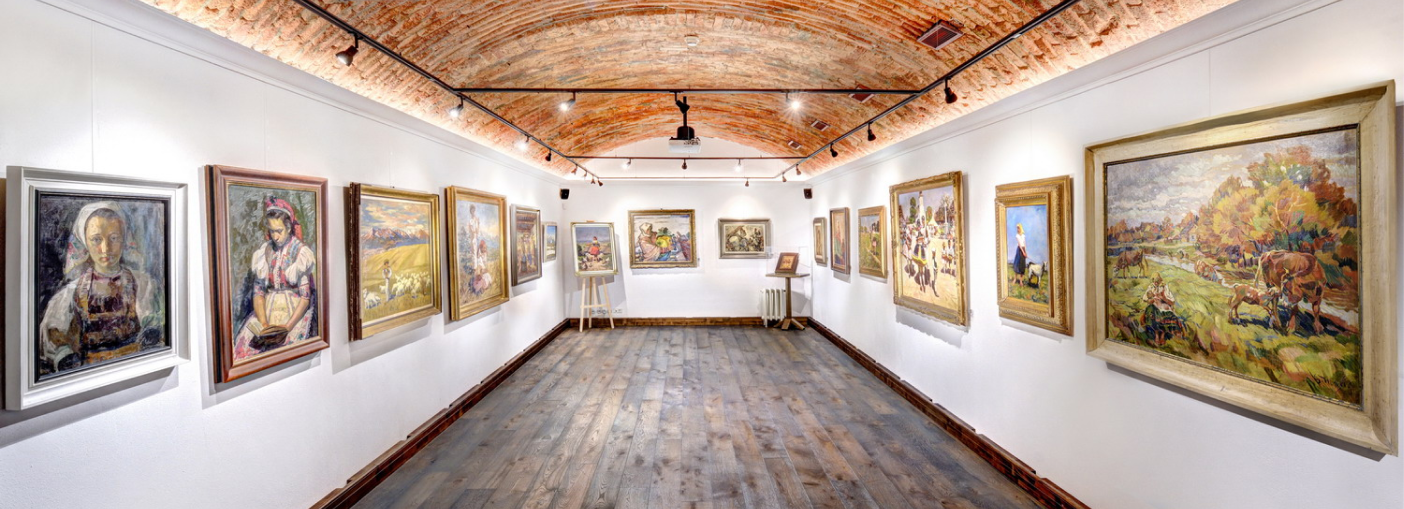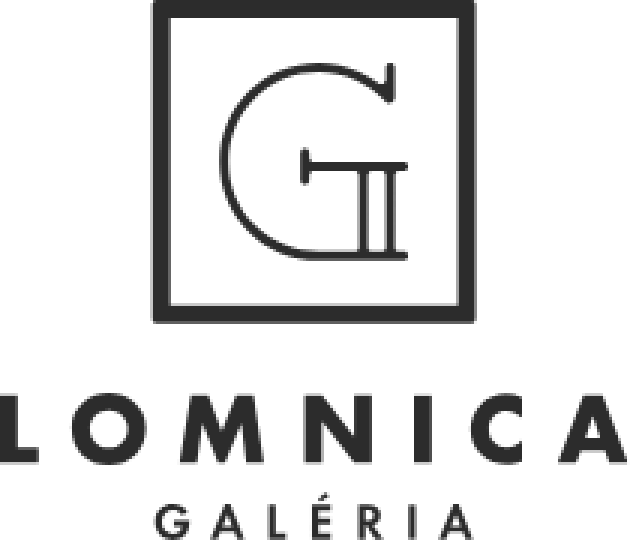
Jan Hála was born on 19th January 1890 in the South-Bohemian village of Blatná in the family of the local baker. In 1909, he graduated the Czech grammar school in the town of České Budějovice. The same year, he received creative scholarship at the private school led by František Engelmuller, in Prague. In 1912 he passed the entrance exam to the Academy of Fine Arts in Prague. He enrolled to the class of professor Vlaho Bukovac. One year later, he continued in the class of professor Maximilian Priner, dedicated to figure painting. In 1915 he was drafted by the army and had to fight on the Italian front. He graduated the Academy of Fine Arts in the summer semester and received the academic degree in 1918. He held his first individual exhibition as an author in the Municipal House of Blatná in 1922. In 1923, Karel Hildprandt, his colleague, invites him to Zlatá Baňa near the town of Prešov and on the way back, they make a stop in the village of Važec under the High Tatras mountain range. For Hála, it is a love at first sight and a love for life. On 1st august 1923, Hála makes a definite move from Blatná to Važec, where he lives in a wooden house, focuses on pen- and pencil-drawing, starts with his first water-colour paintings with various themes related to Važec. In 1925, he becomes a member of the Society of Slovak Visual Artists and in 1928, he joins the Artistic Society of Slovakia. In 1926, together with his colleagues F. Havránek, V. Hohaus and I. Kučera, he co-founds Tatran, a society of arts. He works on the first illustrations for the book by Božena Němcová titled A Cottage under the Mountains and other Stories from Slovakia. In 1928, at an exhibition in Brno, he presents his painting The Young Girl of Važec. One year later, he marries Rina Chlupsová, his friend from youth. On 17th July 1931, the old village of Važec burns to the ground (around 500 unique wooden houses and yards are utterly destroyed). This event causes a rupture in his work too, as now he has to draw more from his memories as the ‘new’ Važec is built from stones and mortar. In 1931 and 1932, Hála’s works become established in the leading Czech and Slovak cultural institutions (East-Slovakian Museum in Košice, Mánes Gallery in Prague, Agricultural Museum in Bratislava). In 1933, contemporary Slovak press take note of extraordinary contribution Hála makes during the exhibition at the Pribina celebrations in Nitra. The following years represent a period of very intensive exhibition and illustration activity (Liptovský Mikuláš, Moravská Ostrava, Ružomberok, Levoča, Prešov, Nitra, Spišská Sobota, Blatná, and Liptovský Hrádok). In 1938, Hála paints the panneau for the exhibition facility of the Slovak National Museum. He also participates in the creative design of the Agriculture pavilion of the Czechoslovak exposition at the New York EXPO featuring a ceramic fascia with the iconography of dance and the twelve months of the year. His works are included in the exhibition titled Slovak Art in New York. On April 1st 1939, Jan Hála is expelled from the territory of the newly-formed Slovakia (Hitler’s satellite state). However after the locals in Važec lobby for him, he is allowed to return on 15th October 1940 with his family. Hála spent the single year outside Važec in his native village of Blatná, then Protectorate Bohemia and Moravia. In 1942, Hála’s paintings are included in the collection of the Venice biennale. In 1945, he actively joins the antifascist Slovak National Uprising and spends several months in detention awaiting trial in Spišská Sobota. After the war, he was awarded with the golden star of the High Tatra partisan brigade. In 1948, a large collection of his works was included in the retrospective exhibition titled One Hundred Years of Slovak Fine Arts in the Slovak National Museum in Bratislava. In 1951, the first monography of Jana Hála is published under the simple title – paintings (the text was provided by the poet Július Lenko and the book was published by Tranoscius in Liptovský Mikuláš). In 1954 Hála’s work was a part of the large collection of Czechoslovak art exhibited in the National Gallery in Budapest. In 1955, Hála belonged among the founding partners of the Liptov picture gallery of Peter Michal Bohúň in Liptovský Mikuláš (where he had the honour to present himself with a large exposition as soon as in 1956). Next year, Hála is exhibiting in Prague again – this time impressing the city of his academic studies, together with, Jaroslav Votruba, another avid painter of the Tatra mountains. After 1957, the painter suffers from health issues that later turn out to be fatal. Jan Hála died on 17th May in his beloved Važec, the place to which he dedicated most of his life and work. In 1968, the gallery of P. M. Bohúň opened a memorial room of Jan Hála in Važec, which was later reinstalled in 1977 in the reconstructed facility now titled as Jan Hála Gallery. Unfortunately, during the early morning hours of 6th May 2005, perpetrators, who still remain unknown, stole 30 major works of this author that have not been found until this day. The most recent representative monography of Jan Hála was written by Ján Abelovský and published by Q-EX in Trenčín, in 2006. Those interested may find there a comprehensive list of Hála’s extensive illustration activity. Recently, not only in the art-history environment but primarily in the sphere of collecting-, auctioning- and lay public, the paintings of Jan Hála have enjoyed an unprecedented level of acquisition interest and increase in prices. Ironically, throughout most of his active life (particularly in the 1930-ies and 40-ies), the author himself had to constantly face the problem of insufficient financial resources.
